



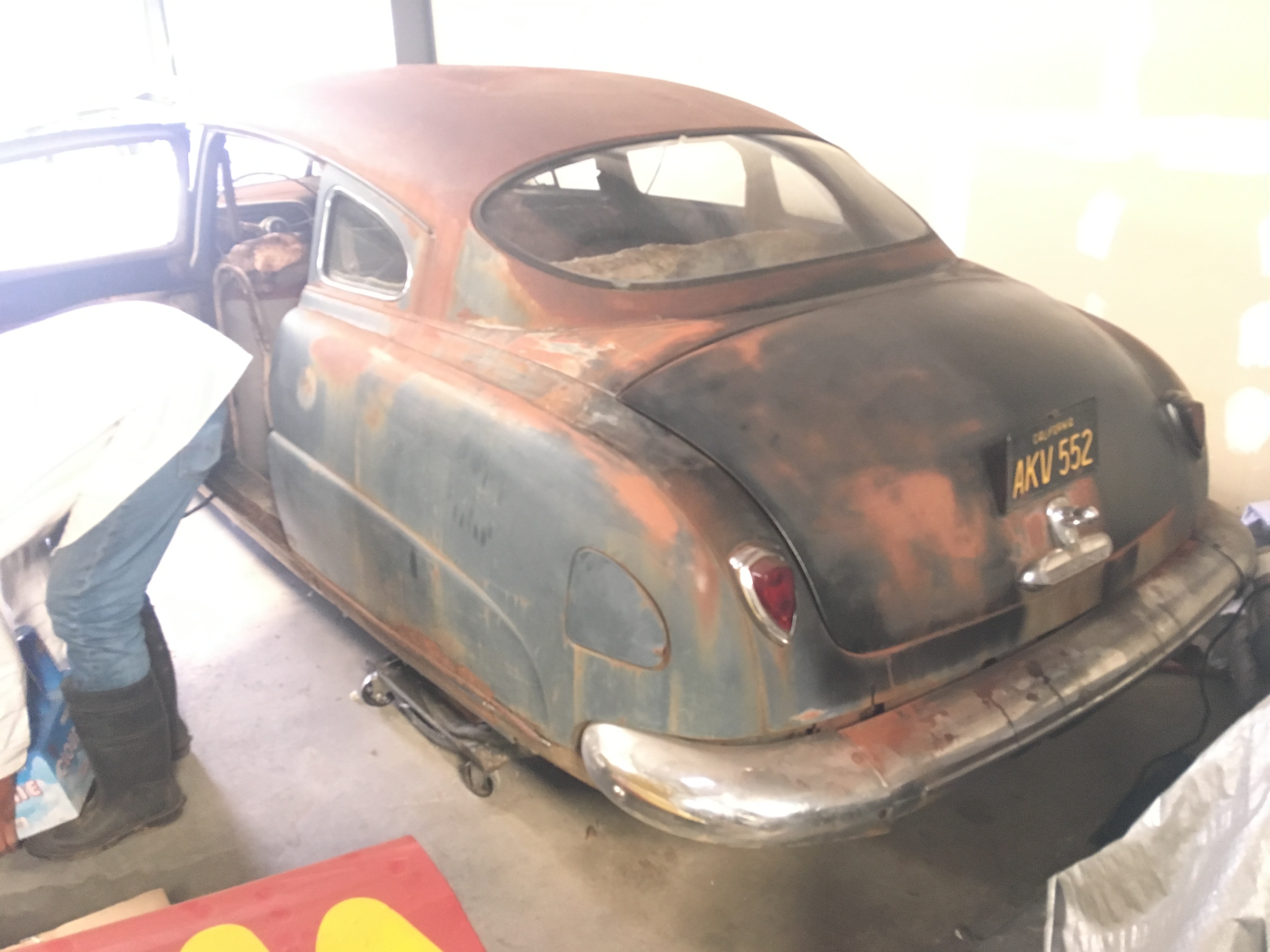
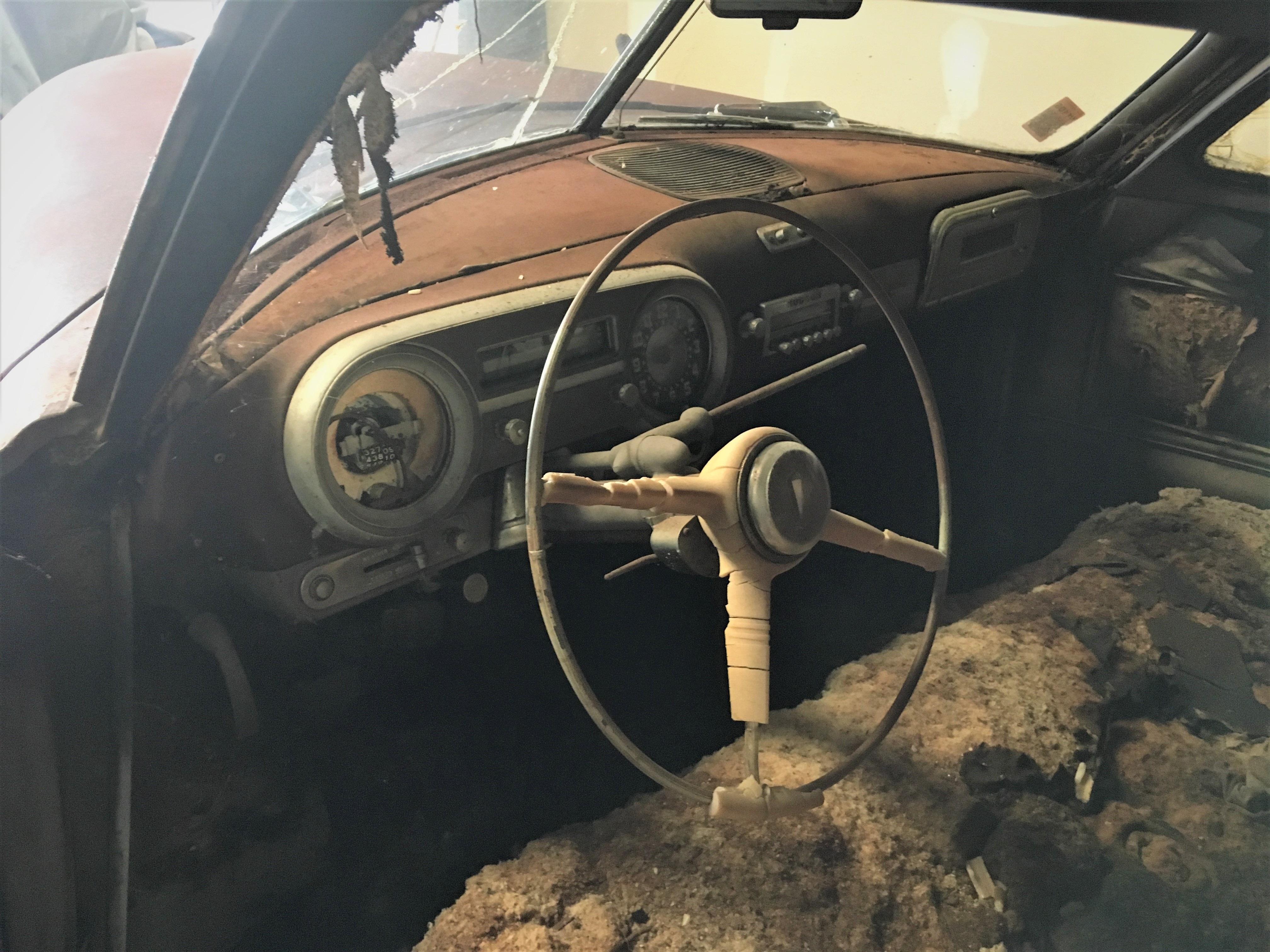
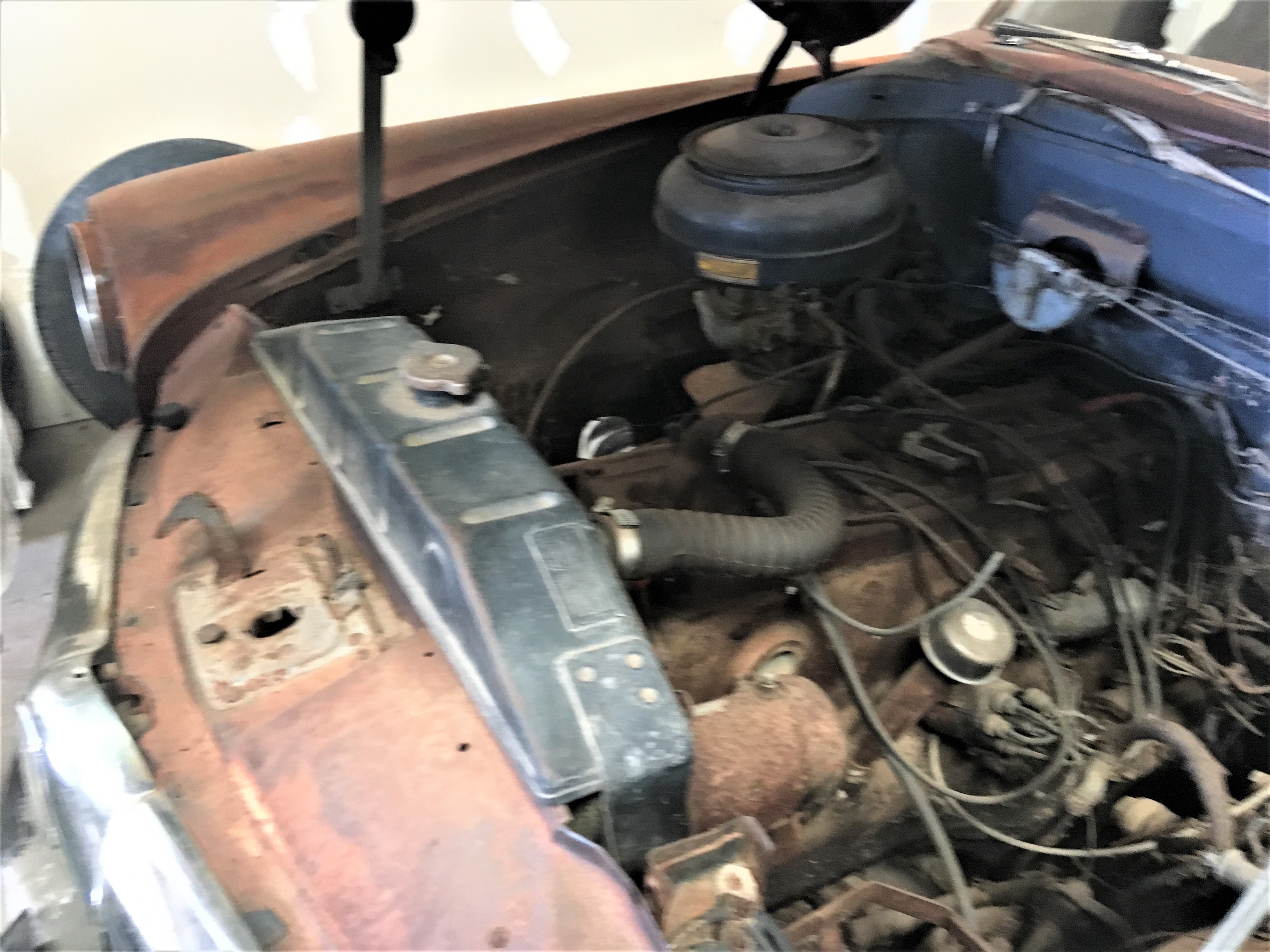


Thanks! Sounds like I'm in good company! I do like the stubby hood look of the Pacemakers and the Wasps; I think the overall proportions are more attractive. the other pluses are it fits better in the garage, and it's 200# lighter than a Hornet!Glowplug said:Thanks for sharing your car... I have had many Hudsons during my lifetime... over 50 years have come and gone since I had the first. Today I am a "SHORT HOOD GUY" a sister car to yours ... albeit a 1953 Wasp that looked very similar to your car when recovered from a NM auto graveyard in the 1970s. It shares space with a 1954 Wasp 2 door sedan ( Club Sedan) and a 1954 Super Wasp Club Sedan. The 1954 Wasp and 1953 Wasp were daily drivers for me during my pre-retirement years. I too lived on California and the 1953 accompanied our family there and back home to Texas after four years.
Good luck with your car!
Sometime back, I looked up the weight difference between a 53 Wasp coupe and a 53 Hornet coupe. Both equipped with Hydramatics. The curb weight (tank of gas, water and oil.ChuckSherman said:Thanks! Sounds like I'm in good company! I do like the stubby hood look of the Pacemakers and the Wasps; I think the overall proportions are more attractive. the other pluses are it fits better in the garage, and it's 200# lighter than a Hornet!Glowplug said:Thanks for sharing your car... I have had many Hudsons during my lifetime... over 50 years have come and gone since I had the first. Today I am a "SHORT HOOD GUY" a sister car to yours ... albeit a 1953 Wasp that looked very similar to your car when recovered from a NM auto graveyard in the 1970s. It shares space with a 1954 Wasp 2 door sedan ( Club Sedan) and a 1954 Super Wasp Club Sedan. The 1954 Wasp and 1953 Wasp were daily drivers for me during my pre-retirement years. I too lived on California and the 1953 accompanied our family there and back home to Texas after four years.
Good luck with your car!
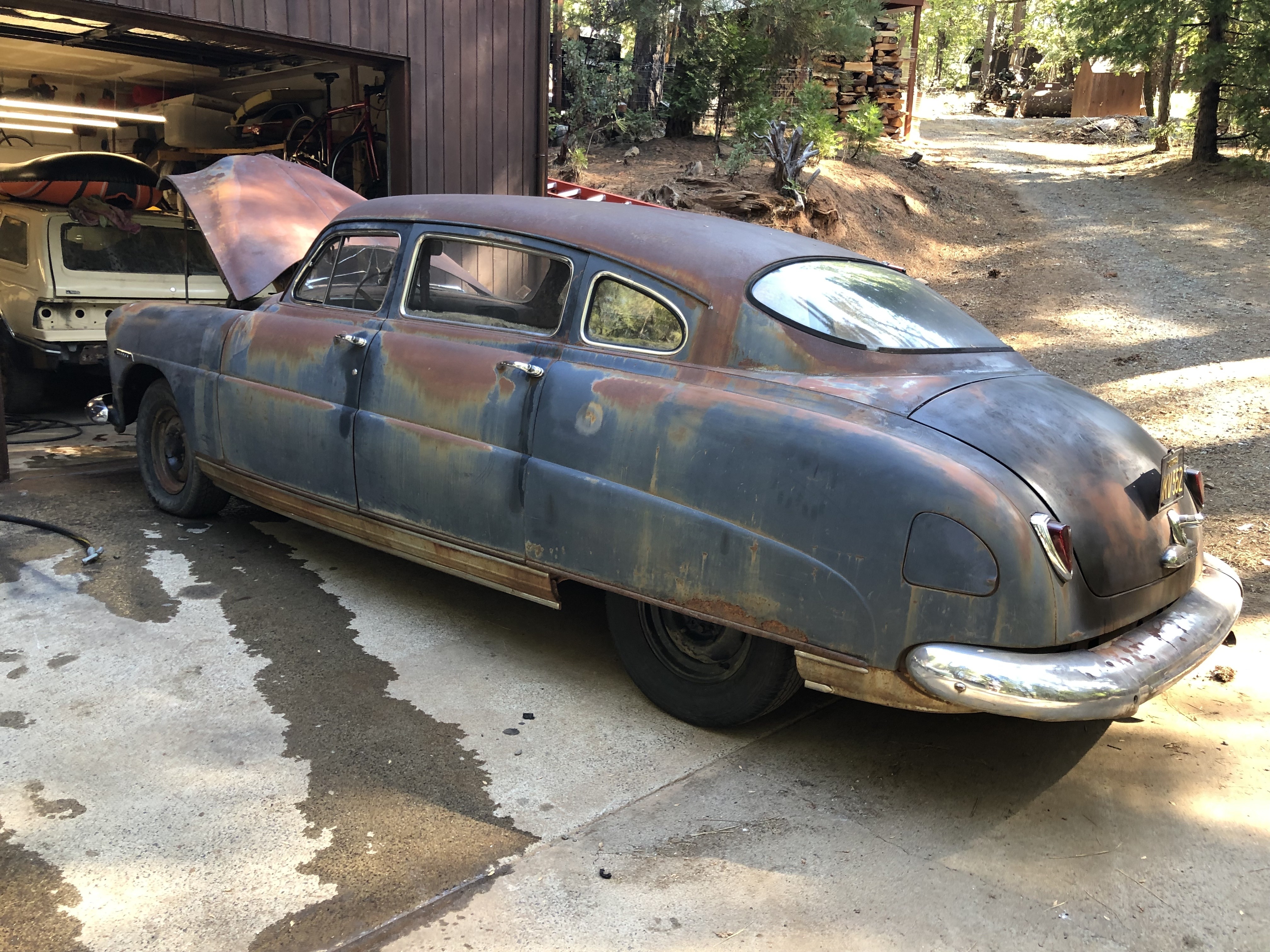
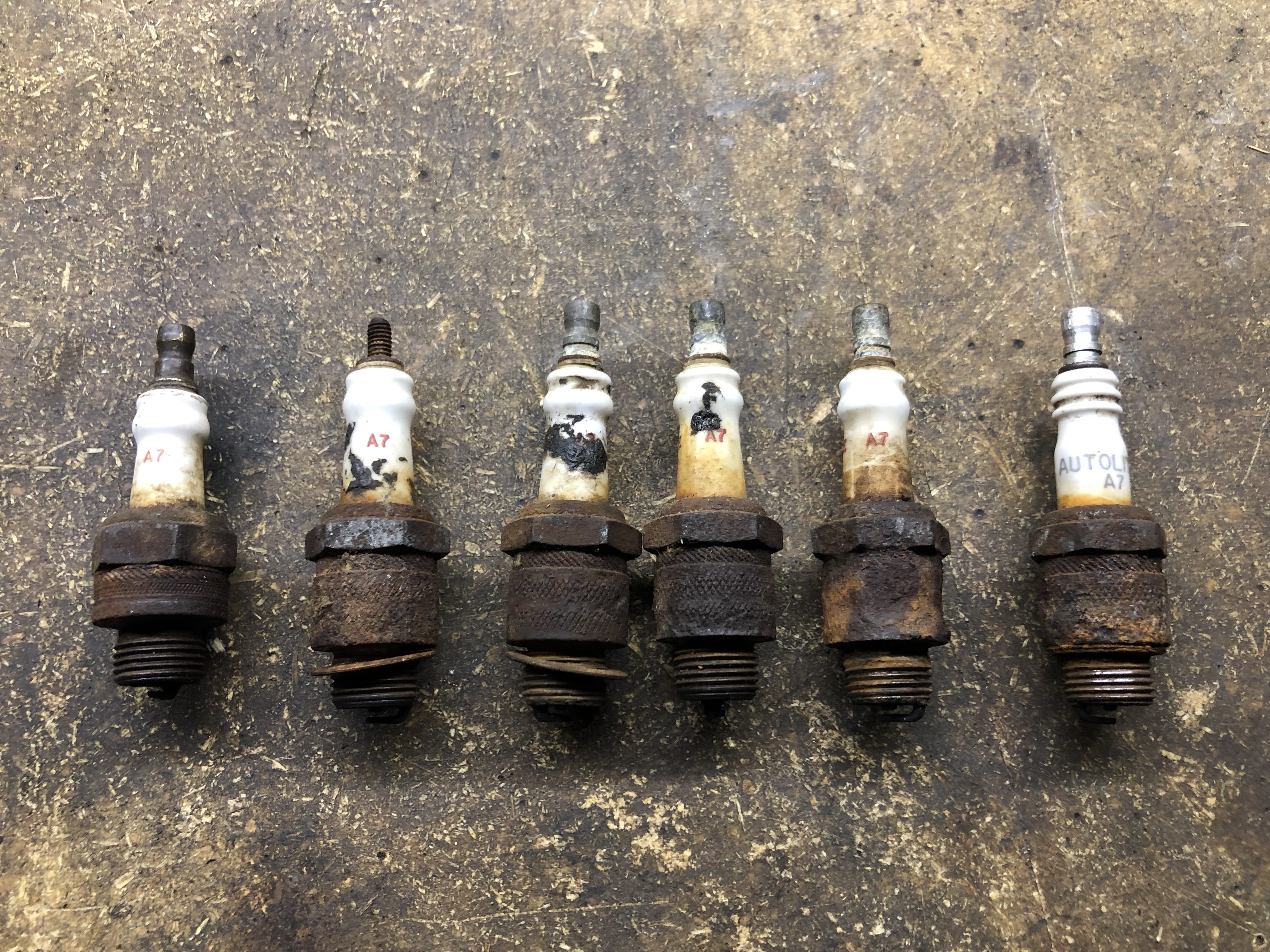

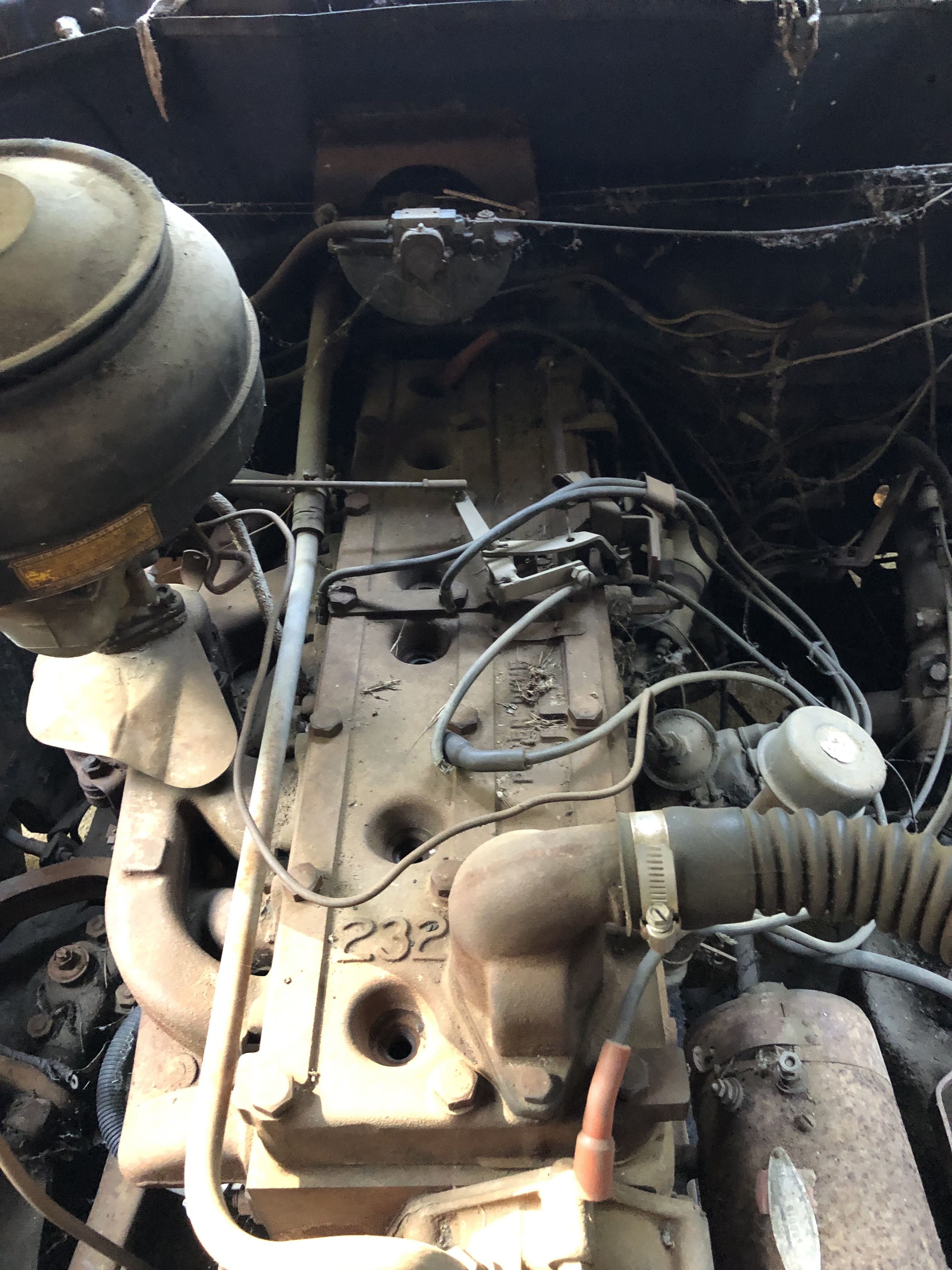
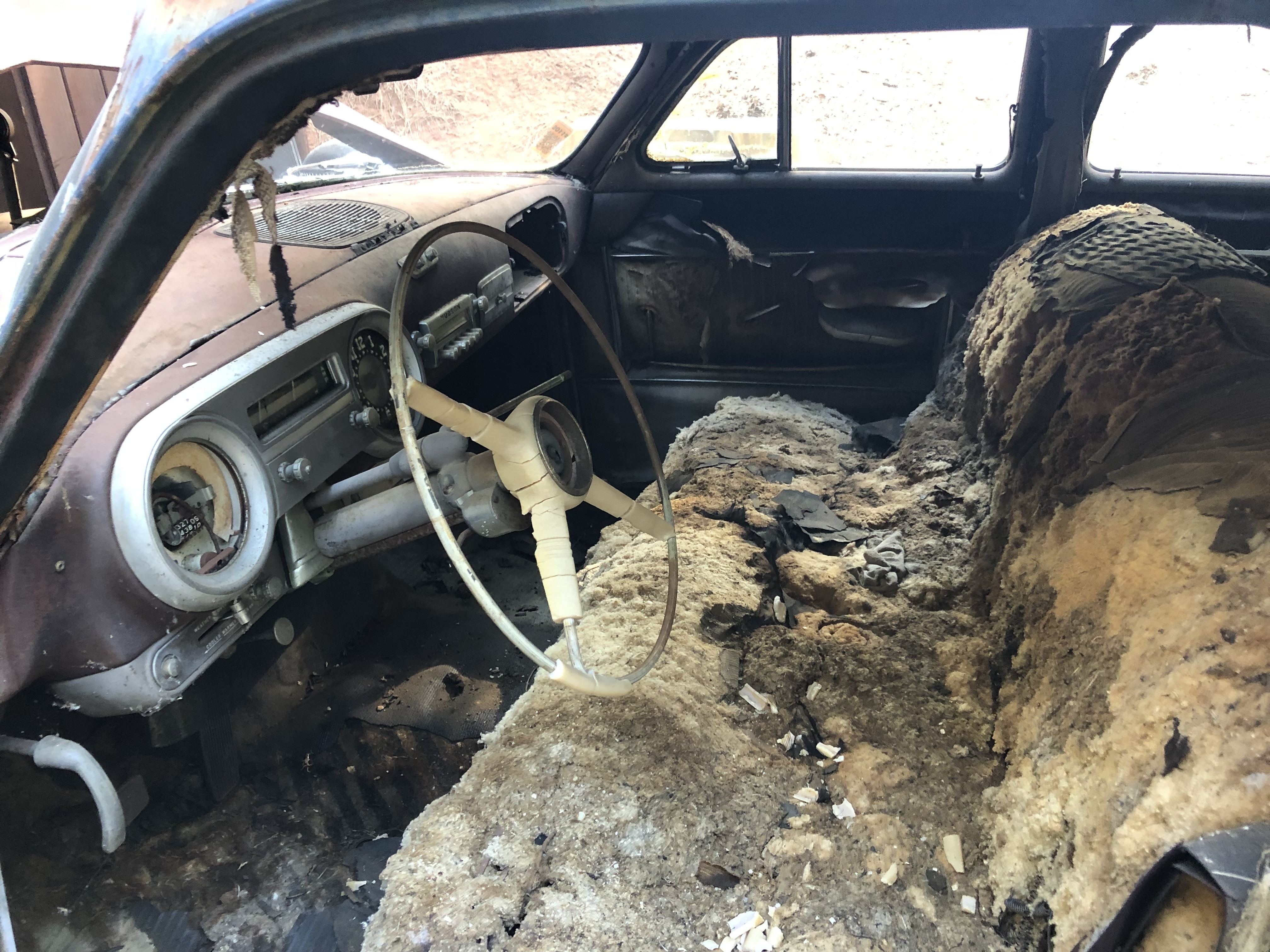
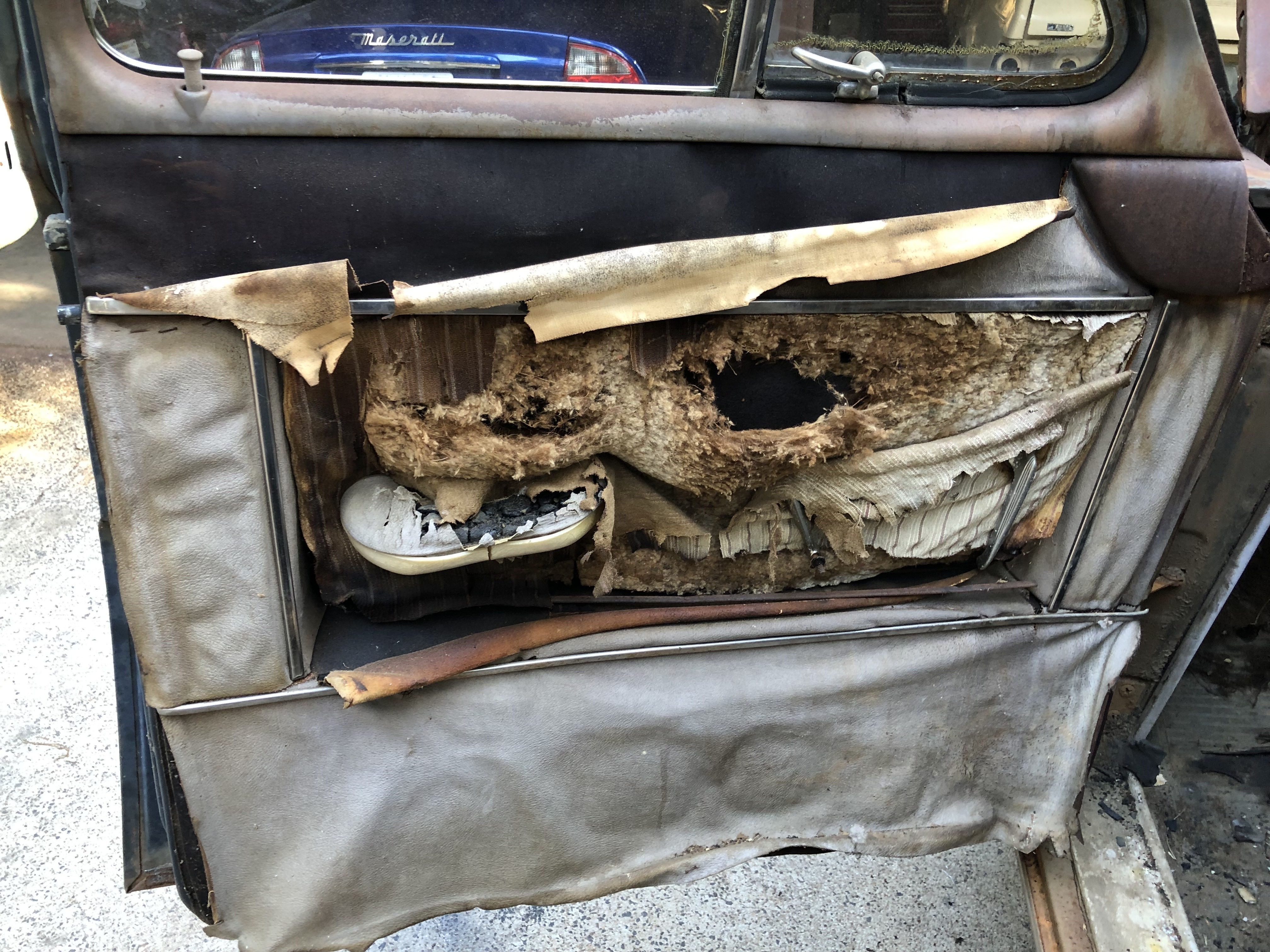
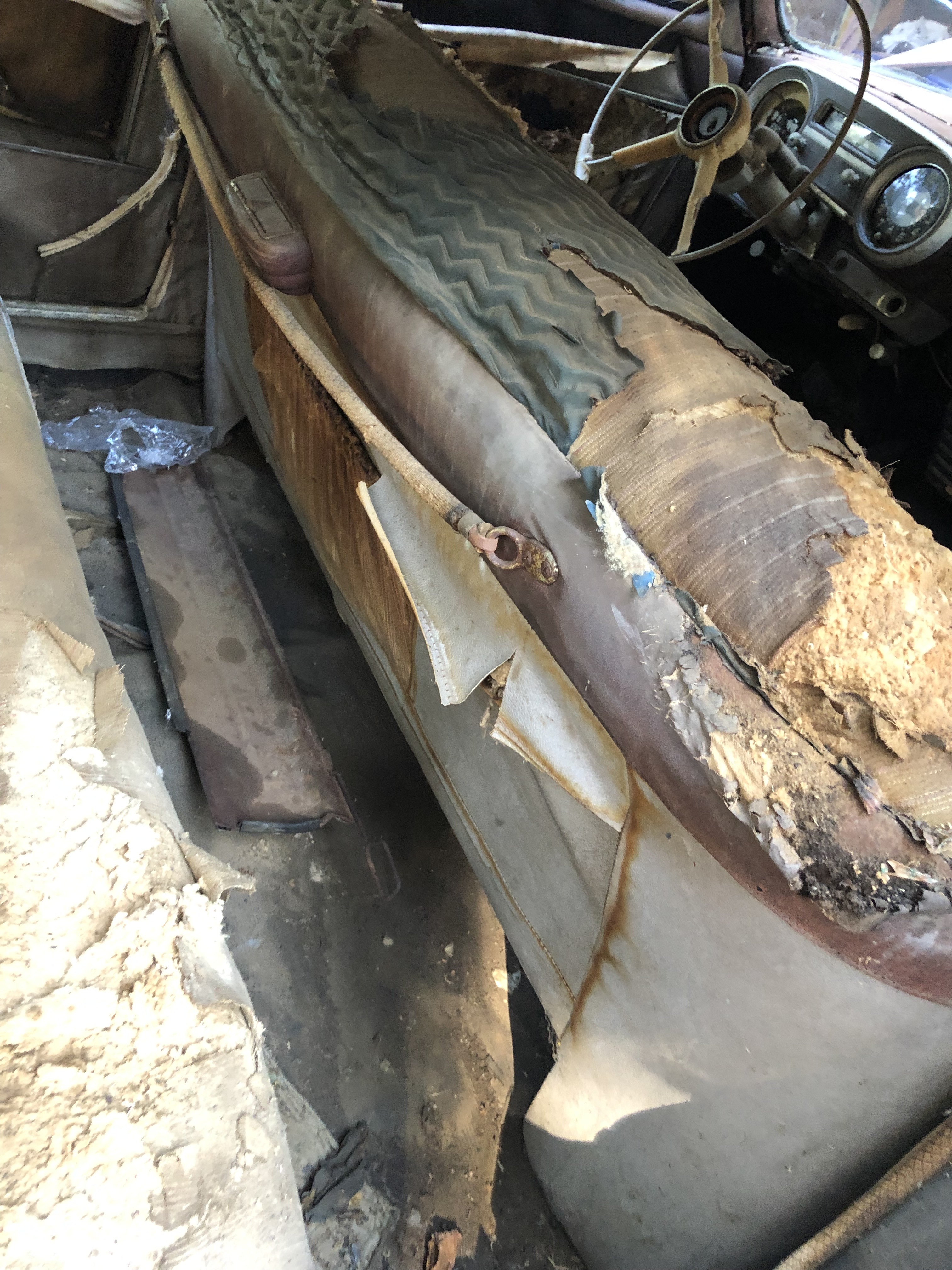
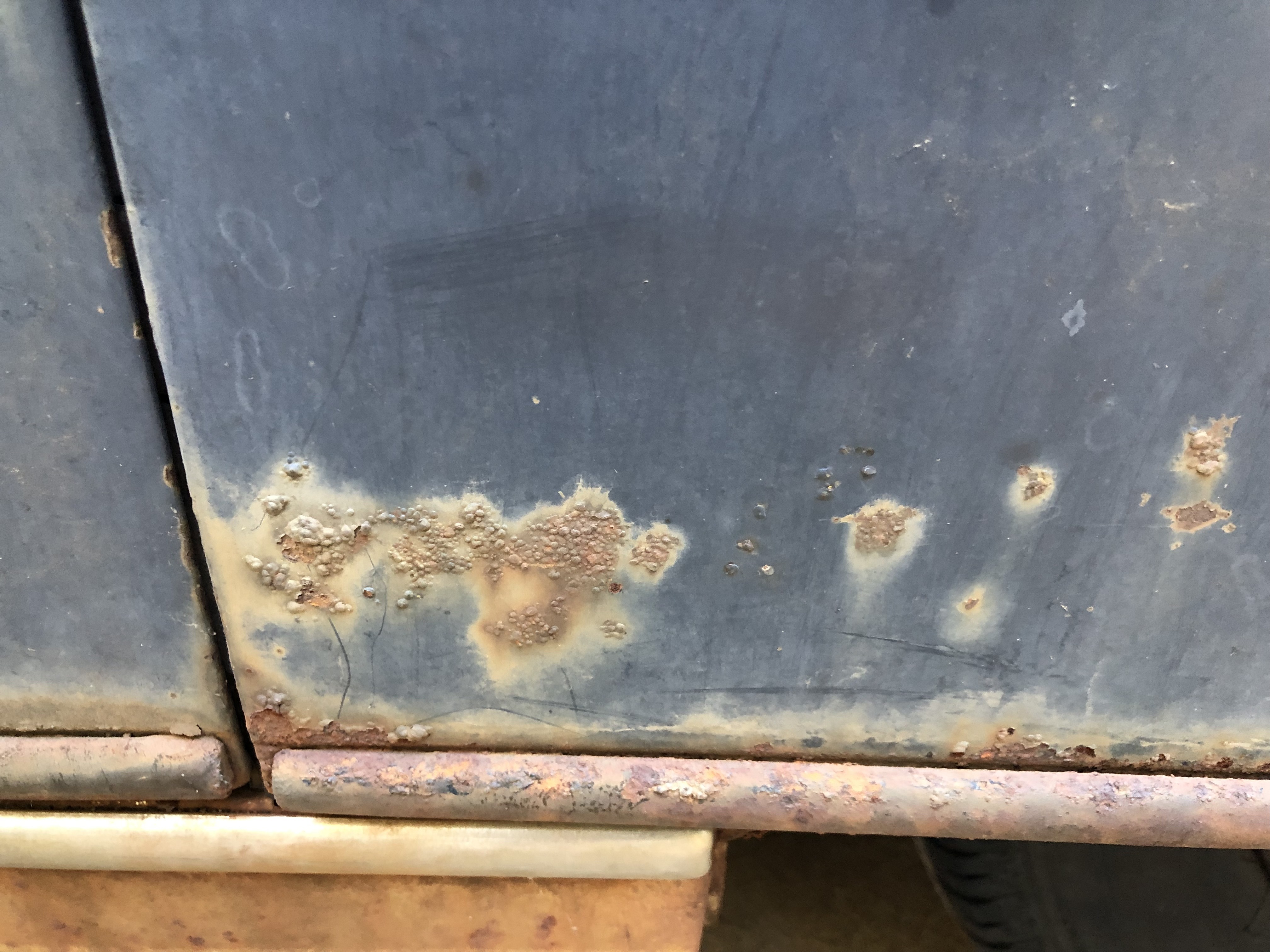
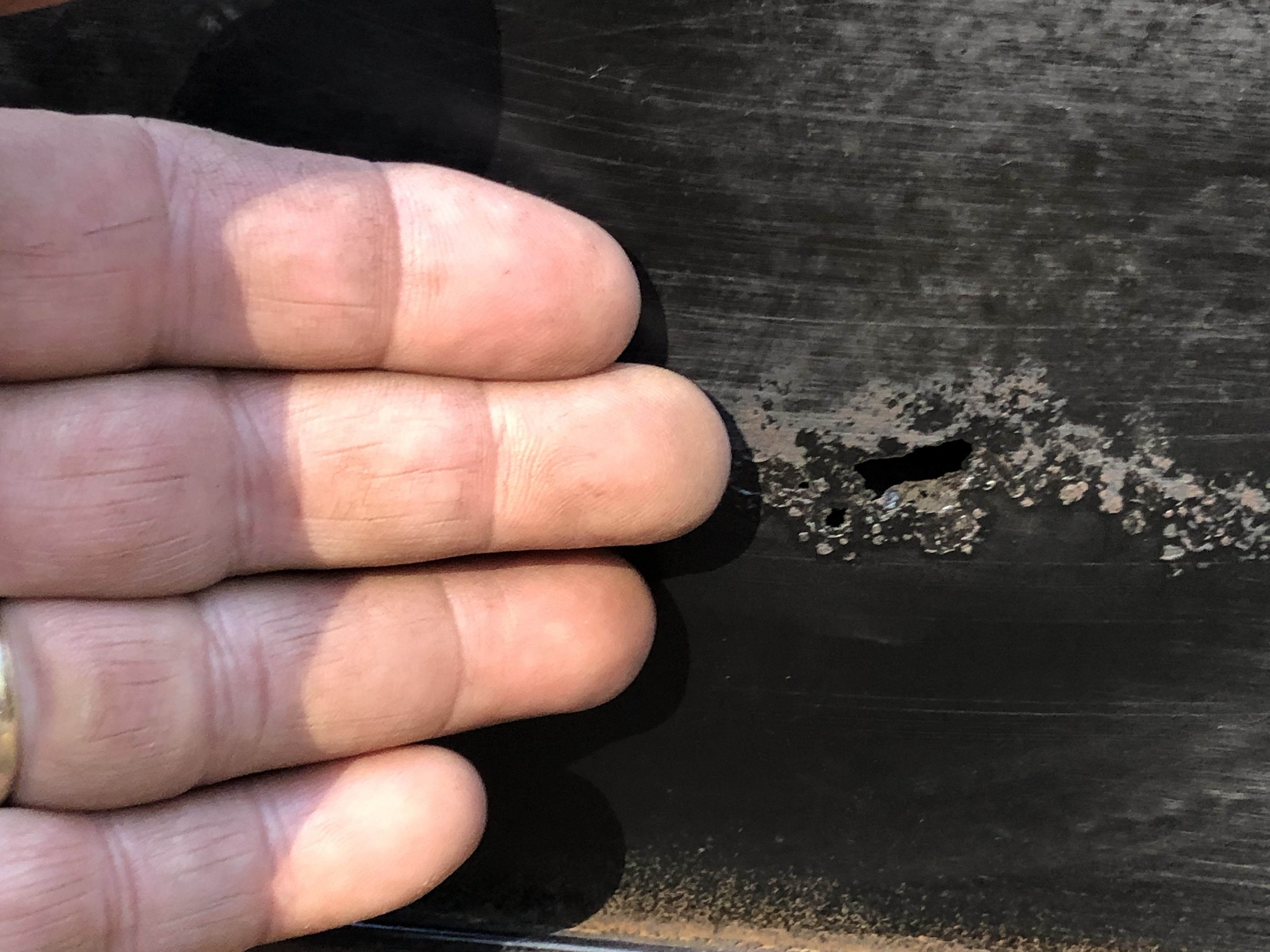
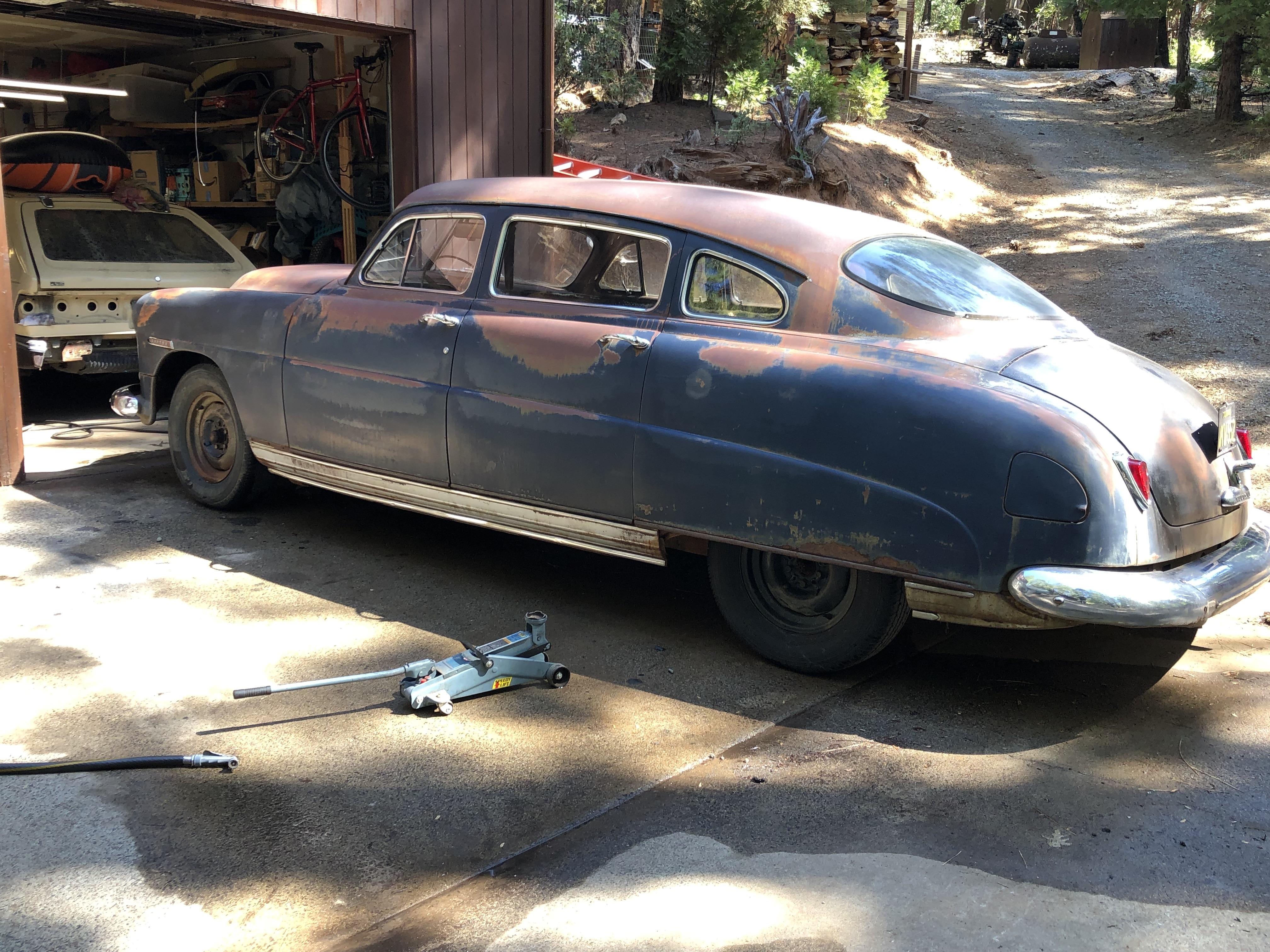
I'm okay with that - curious about the finish of the surround. On the LWB cars, it's chrome; this appears to be painted with chrome accents. Is that correct?Lance said:The dash is the correct one for the Pacemaker. The speedo and clock dials were flat silk screened affairs unlike the LWB cousins.
Yes, I'm aware. I like the short hood proportion better than the LWB's. I think it looks neater; I can always do trim upgrades here and there as needed. I also like the laxk of exterior brightwork. Still have to get grille and bumpers rechromed, though.Lance said:Yep. It's kinda dull. You have to remember Pacemaker was the economy model. Hudson made these cars pretty much bare bones. Decent cars but no frills.
I plan on it. The front floor pans are rusted as well, but in typical CA fashion, it's from the inside out. After growing up in MI and looking at both restored and unrestored Hudsons, it's nice to have something that has some measure of structural integrity. Pinholes mean lots of rust on the backside. Still, there's enough to work with and pretty impressive for a nearly 70 year old car with no rustproofing.Kdancy said:"There's some pinholing in the passenger rear door, and on both quarter panels above the outer frame rail. "better pull both quarters and check behind. Regardless what the "frame" test showed, my guess is that you have rust on the outer frame rails. Much better to take care of it now.
I used to live in MI. Grew up in what is now Farmington Hills, moved to Milford after marrying, then was all over the country before ending up in the Sierra Nevada foothills. If you do a search on the HET member roster, you'll see me both as a past member and a current member with two different addresses.1954Hudson said:Where in Mich do you live ?
Thanks! This is why it's so critical to clean all of this out! One door at a time. There's so much to do!Ken U-Tx said:I have seen many repainted and partially restored Stepdowns with the rust bubbles and pinholes in the door bottoms......The cause was that when the owners replaced the lower sponge rubber reproduction weatherstrip, they had neglected to cut out the notches at the two drains, one at front, and one at rear of each door. The new rubber would then block the drains and water getting past the felt cat-whiskers would accumulate in the door bottoms and rust the door bottoms from the inside out. Also when the old cat whiskers were deteriorated, much dirt and leaves would accumulate in the door bottoms, and bits of the tar paper lining inside of the doors would fall off. This debris would block the drain holes, and slow the drying process, accelerating the rusting process.
Slacker.squirrel said:The 308 is still a small engine, the others are tinybut what do I know, I just spent a week driving around with a blown 427
Well - I could get all of them and find out!Geoff said:232 motor is the best motor for being virtually unburstable. smooth runner, and free revving. Uses same bearings as 308, so understressed. 254, smoothest engine Hudson ever built. Quiet and flexible, but expensive to rebuild if you have to. 308, best performer, but also most prone to head gasket problems, and not exactly the smoothest running Hudson engine. So the options are yours to choose!
Thanks! I was hoping they were different. Was looking for a longer rod, but that would have been the 232. So...If I found a 262 crank, I'd pick up 11 HP stock, but lose some spin factor.Glowplug said:Chuck - same bore, same rods, different stroke. 232/262
Thanks! I was able to download the factory service manual from the HET Library and study it last night. One rod for all engines - so the bottom end should support the 200-ish HP the race-prepped 7X engines made. That's a long rod!54coupe said:The connecting rod length on a 308 is 8-1/8" center/center. I thought they all used the same rods, but I'm not positive.54coupe said:The connecting rod length on a 308 is 8-1/8" center/center. I thought they all used the same rods, but I'm not positive.
Anecdotally, other Detroit manufacturers discovered shortening the stroke on their engines allowed for higher RPM and better volumetric efficiency to the point where the smaller engine made as much HP as the larger displacement - but not as much torque.50C8DAN said:I believe that Bernie Seigfreid, engineer at Hudson was circle track racing back in the 70s and they came down on his Hudson for winning too much so they put a restriction in the rules that limited the Cu In to 300, so he put I believe a 262 crank in a 308 block to meet the rules requirement and still was winning so they had to knock him out by limiting the years to 1960 and later engines and cars.